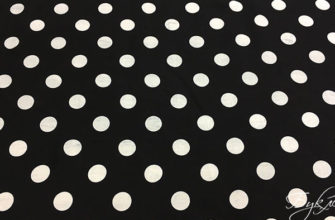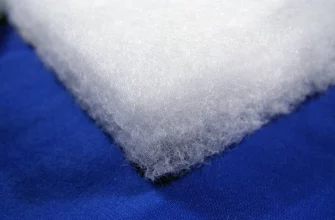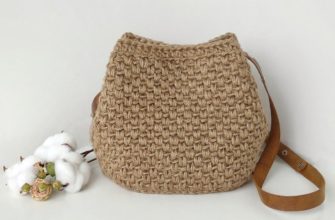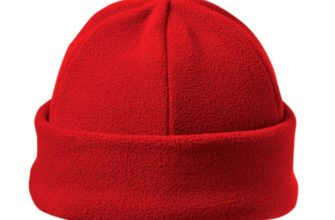Dress fabric is represented by dozens of types and even more subtypes: mixing natural and artificial threads allows you to get unique materials. The article lists the most common types of fabrics with a description, offers advice on their use.
- What are the types of fabrics for dresses
- Natural silk
- What is so attractive about jacquard?
- Corset satin
- Flax
- Viscose
- Taffeta
- Organza
- Crepe suit
- Cashmere
- Georgette
- Dress wool
- Fatin
- Velvet
- Lace
- Gabardine
- Chiffon
- The choice of fabric for a dress depends on the features of the body type
- How to Choose Fabric for a Sheath Dress
- How to choose fabric for a children's dress
What are the types of fabrics for dresses
Almost any fabric can be used to sew a dress. However, there is a basic list of materials that are deservedly used on a large scale for sewing casual and festive dresses.
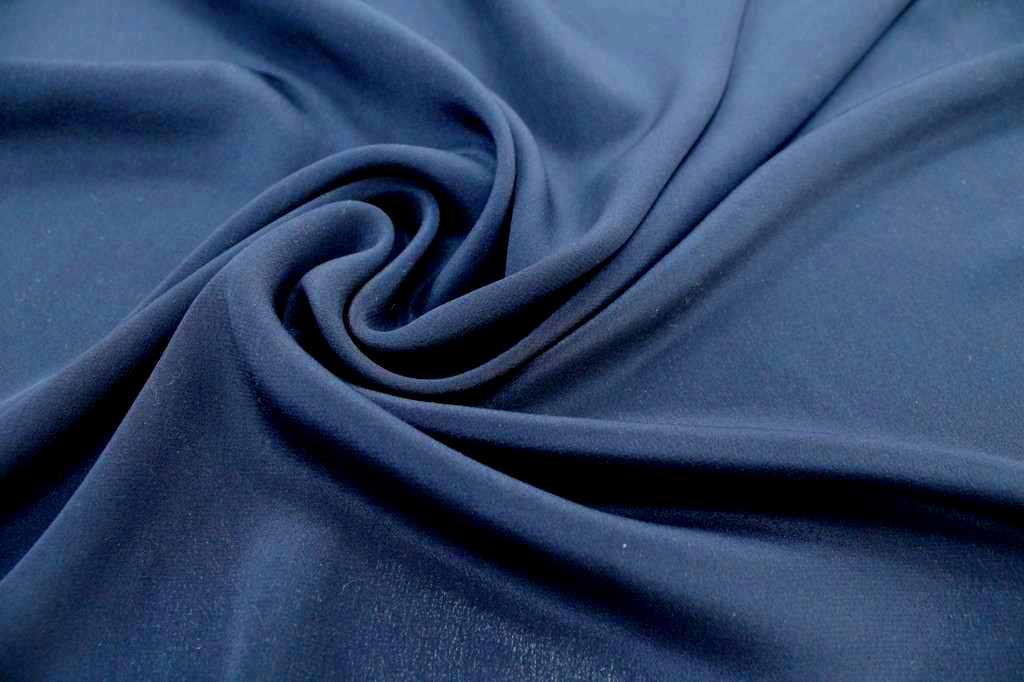
Natural silk
Silk is obtained from the cocoons of silkworms, which explains its naturalness and high cost. The material is hygienic, allows air and moisture to pass through well, and interacts well with body temperature.
Important! Natural silk is capricious. A drop of clean water that falls on the fabric can leave unsightly stains on it. The material requires delicate washing at low water temperatures, and is also “afraid” of direct sunlight.
What is so attractive about jacquard?
A dress made of noble jacquard will serve its owner for many years: the technology of its creation consists of interweaving many cotton threads, which ensures the strength of the material. The threads form intricate patterns, even more attractive due to the variety of colors and shades.
Jacquard is easy to care for. The only downside is that the fabric does not stretch, so if the owner of a dress made of this material has gained a little weight, she will have to give up the outfit for a while, as it does not fit her figure.
Corset satin
Corset satin is made from silk thread, but cotton and viscose are often present in the weave. This allows you to reduce the cost of the finished material. Satin is durable, absorbs moisture well, and does not become electrified. With proper care, a satin dress will last for many years and will always fit well.
Please note! When working with corset satin, it is important that the craftsman carefully processes the seams, otherwise the edges may fray.
Flax
A native Russian material, flax is ideal for sewing and wearing. It is gyroscopic, absorbs moisture well and lets air through. Linen fabrics even have a medical, health-improving function: by suppressing pathogenic microflora, flax is especially recommended for people with dermatological problems.
The material is made from the plant of the same name - flax. The fibers extracted from the stems are carefully processed, and the output is a soft fabric. The absence of characteristic knots in the material indicates high quality processing.
Viscose
Viscose is a natural fabric produced artificially. Cellulose is used as raw material. The processed wood is filtered and dried, after which strong fibers of future viscose are formed.
100% viscose is pleasant to the touch, soft and has a pleasant shine. It has all the properties of natural fabrics: good thermal conductivity, hypoallergenic, lightness.
In addition to 100% cellulose composition, viscose may contain:
- elastane;
- cotton;
- polyester.
The downside is that they are vulnerable to water, so viscose dresses should be washed at low temperatures.
Taffeta
Taffeta is made from different types of threads. Depending on the source material, there are four types of taffeta:
- cotton;
- silk;
- acetate (contains polyester);
- viscose.
Common properties for all types of taffeta: durability, shape retention, liquid repellent, glossy shine. The main disadvantage is high shrinkage. A finished outfit can lose up to 10% of its length after an unsuccessful wash.
Organza
Organza is a festive dress fabric, light, transparent, allows you to create beautiful drapery. If earlier silk threads were more often used in the composition, then recently organza manufacturers have been using polyester. The fabric is rigid, does not wrinkle, holds its shape for a long time and retains its original color, without fading in the sun.
Please note! Organza is very difficult to work with. The unruly fabric constantly slides, the edges crumble badly. To fix the material in one place, a thicker fabric is placed under it and the organza is secured with pins.
Crepe suit
It is already clear from the name that suit crepe is well suited for formal outfits and formal dresses. The material has a high density, practically does not wrinkle, and is durable. Despite its density, suit crepe allows you to create draperies. Suit crepe may contain silk, cotton, and viscose threads.
Cashmere
Cashmere is associated with luxury by many people, and indeed, the fabric obtained from the natural down of mountain goats is expensive.
Please note! To make one shawl you need the down of four animals.
Cashmere is considered the softest fabric, the threads in its fabric are much thinner than human hair. For clarity: a sweater made of this material can be pulled through a ring! With a number of advantages, which include wear resistance, softness, thermal conductivity, the main disadvantage of cashmere is the difficulty in care.
Georgette
Translucent, flowing georgette is ideal for empire dresses and light summer outfits. The composition includes silk, viscose, wool, polyester. The material is rough to the touch and has a high density.
Most often, dress fabric is monochromatic, the surface is slightly shiny. In addition to direct sewing of dresses, georgette is used to create decorative elements: flounces, drapery flowers.
Dress wool
Dress wool has a pleasant softness. Manufacturers of this material do not skimp on bright patterns and designs. There are three main types of dress wool:
- natural;
- mixed;
- synthetic.
The price of this material directly depends on the percentage of natural threads in the composition of the fabric. The best option is a mixed fabric, which often contains viscose.
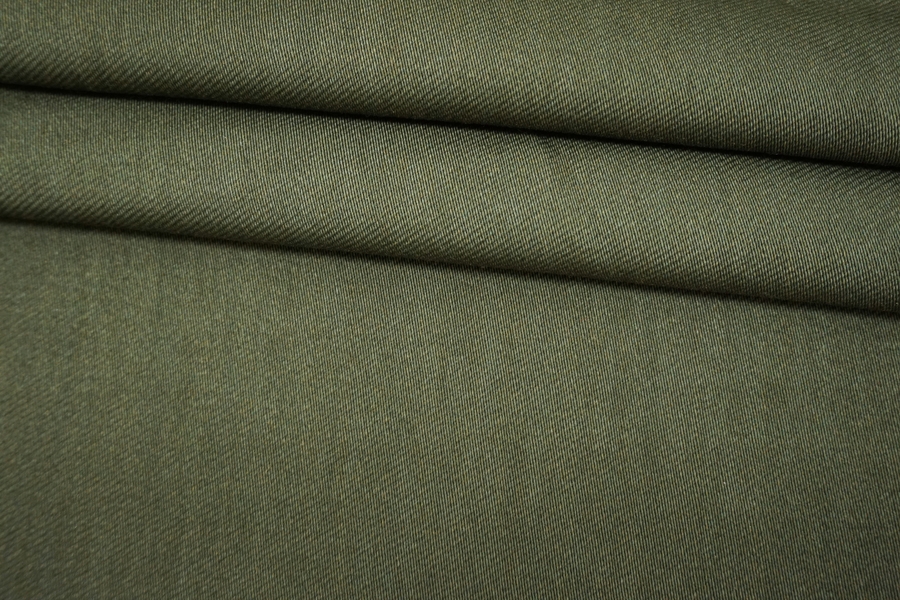
Fatin
A mesh material consisting of many cells, tulle is quite hard. Only soft tulle is used as a dress fabric. Otherwise, the dense material can even scratch the skin.
Velvet
Velvet is based on silk threads. Velvet manufacturing technology allows for the creation of terry cloth on one side and smooth cloth on the other. This material is distinguished by its rich appearance and high cost.
Velvet dresses are most often seen on the stage: soft historical costumes perfectly convey different eras. But velvet is also an interesting fabric for dresses in modern fashion.
Lace
Fine lace looks especially good on brides and prom participants: openwork weaving allows you to create weightless, delicate images. The fabric is created by intricate weaving. This is where the downside of lace comes from - it often gets snagged.
Lace is considered an environmentally friendly and wear-resistant material. Hand-made fabric is the most highly valued.
Gabardine
Gabardine is a waterproof fabric characterized by a tight weave of threads. If initially merino wool was used to make gabardine, now the material can contain viscose, polyester, which has a positive effect on the price.
Interesting! In England, the word "gabardine" was used to describe a cape under which the poor protected themselves from the rain. However, now only wealthy people can afford natural gabardine.
Chiffon
Lightweight, weightless chiffon was originally made exclusively from silk threads, but later the fabric began to be made from viscose and polyamide, and can be called by different names.
The advantages of chiffon include all the properties of natural fabrics. The disadvantages include a tendency to snag and difficulty in care.
The choice of fabric for a dress depends on the features of the body type
In order to choose the fabric for a dress according to the body type, it is necessary to determine whether the woman has a rounded physique. Owners of curvy shapes are contraindicated dense materials. Preference should be given to light, flowing fabrics: chiffon, organza, silk.
The texture of the fabric can either make the image heavier or lighter. So, to visually correct the shapes, it is worth choosing smooth fabrics, and put velvet and suit crepe aside for another time.
If the figure is not rounded (for example, "rectangle"), a woman is recommended to pay attention to dense, even rigid fabrics and a straight silhouette, as well as wrap dresses. Pile fabrics are welcome.
How to Choose Fabric for a Sheath Dress
When choosing fabric for sewing a sheath dress, consider:
- body type;
- season;
- dress cut;
- purpose (office work, going out).
Interesting! It is recommended to choose natural materials: silk, cotton, linen. The style of the dress requires the use of dense ribbed fabric. The sheath dress has a straight, geometric cut, for the creation of which a suit crepe is well suited.
How to choose fabric for a children's dress
The main requirement for any children's clothing is hypoallergenicity and natural origin of the fabric, grass fabric is perfect for sewing a dress. You should pay attention to the following materials:
- flax;
- cotton;
- viscose.
Silk has excellent properties. But children's clothes often get dirty, and silk requires delicate, and often hand washing. When choosing a material for a girl's dress, opt for a universal option that is environmentally friendly, natural and easy to care for.
For sewing a children's dress, a good option would be grass fabric, creatine: this material is extremely soft and pleasant to the skin. Choose bright colors and interesting solutions, which are numerous on the Internet.
What fabric to choose for an evening dress
Evening dresses come in a wide variety of styles, so you can use almost any fabric to create them. But there are four universal tips:
- If you dream of a fluffy dress with a voluminous skirt? Use organza.
- For a dress of a laconic, strict cut, the use of bright colors and fancy patterns is acceptable.
- A light, flowing dress with graceful draperies can be made from natural silk, soft taffeta and chiffon.
- A tight-fitting outfit would look good if made of lace or gabardine.
Interesting! Consider the time of year. Velvet will be inappropriate on a hot summer day, and a lace dress will make a cold autumn evening unbearable.
When choosing beautiful fabrics for a festive dress, you need to pay attention not only to the cost of the material, but also to its specific properties. Give preference to natural fabrics - they will last for many years.

